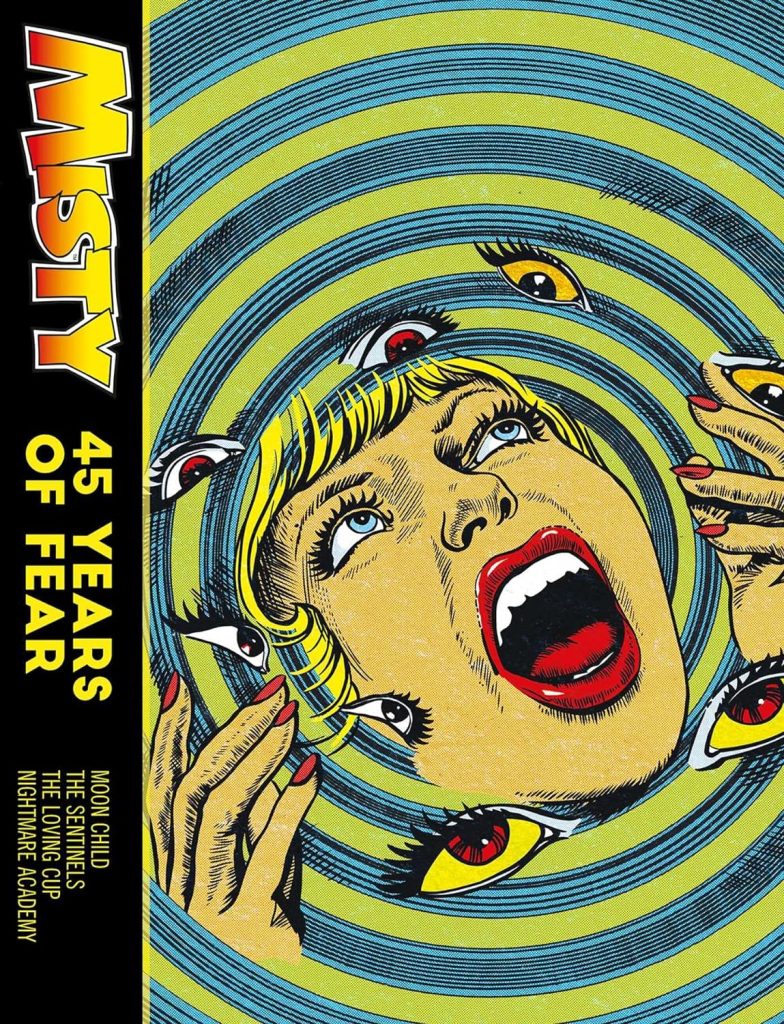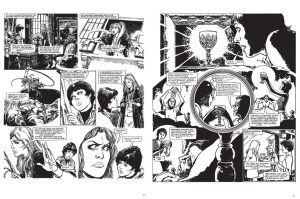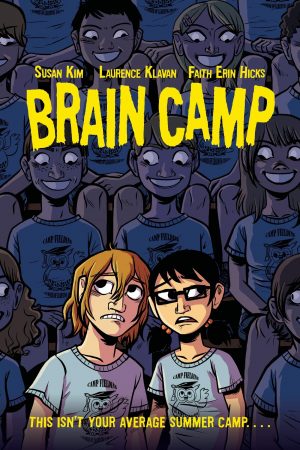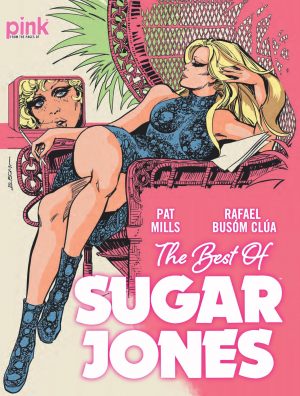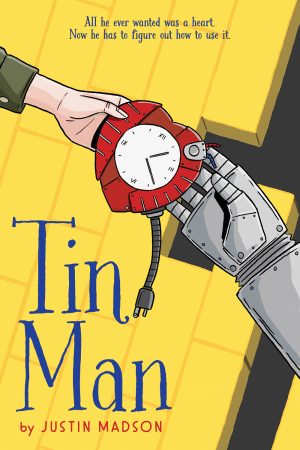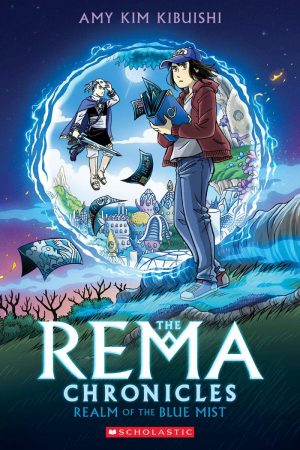Review by Ian Keogh
Misty’s publication between 1978 and 1980 under Malcolm Shaw’s editorship is arguably as revolutionary as 2000AD for introducing the supernatural to British girls’ comics, and the art was every bit as good. This collection enshrines the memories via contextualising introductions.
Two of the four longer stories have featured in earlier Rebellion collections. In ‘Moon Child’ Pat Mills and John Armstrong put the doe-eyed Rosemary through constant indignities and bullying before she reveals her capabilities in the brutal retribution of the finale. It’s found in the first Misty collection. Shaw and Mario Capaldi’s suspenseful ‘The Sentinels’ has poor Jan Richards discover an alternate world where the Nazis have ruled since the 1940s, and was presented in Misty Vol. 2. They’re both still strong reading, but follow the links for greater detail.
‘The Nightmare Academy’, ‘The Loving Cup’ and most of the self-contained short stories haven’t been seen in 45 years, with the collection rounded out with a couple of stories from the 21st century one-off revival. Unfortunately only the writers of the more recent material can be identified.
Cruelty at school has sustained girls’ comics since the early days, but ‘The Nightmare Academy’ ramps that up to the cusp of what was permitted in the early 1980s. Jaume Rumeu’s introductory splash panel of a forbidding gothic castle built on a rock in the middle of a lake wouldn’t be out of place in Creepy. He tops that in the first story panel of the exotic Miss Nocturne and her three large slavering hounds in spiked collars, as she immediately disposes of the mirrors belonging to unfortunate new pupil Sharon Watts. And why are classes at night? This is gloriously over the top, the mysteries well strung out for the young readers who’ll have their suspicions anyway, and beautifully drawn by Rumeu, the effort obvious in every panel.
Brian Delaney’s poised art defines the conflicted Lucy Bayley in ‘The Loving Cup’. When her parents die she moves from Italy to stay with English relatives. Whether the magical cup causing misfortune reflects her inner wishes or is an independent source of malevolence is a mystery sustained for some while before the truth is revealed. The ending is a little too rapid, but Lucy’s fate engrosses throughout.
Three of the four 1970s shorts are lushly illustrated by Jordi Badia Romero, none of them previously reprinted in the earlier collection spotlighting his elegant brushwork. All three have their moments, but the dark humour of ‘The Day the Sky Grew Dark’ stands out. In ‘Mirror, Mirror’ Isidre Mones deliberately downplays the glamour for Linda’s story. All the shorts apply a strict moral code of the undeserving eventually getting what they’re due.
The modern day stories benefit from colour on every page. There’s little sentimentality to the Lizzie Boyle’s Christmas tale as it successfully updates Misty’s themes, and it’s gorgeously drawn by David Roach, every bit the equal of the refined art earlier in the collection. Mary Safro’s pages for the final inclusion are deliberately modern rather than gothic, which draws attention to the predictability of Kristyna Baczynski’s story of a school play.
Such is the quality of the art throughout, it sells 45 Years of Fear irrespective of the stories, but so few disappoint, although make an allowance for what was once ahead of its time now seeming dated. Within that caveat there are plenty of surprising moments, plenty of chills, and oh, that art. As if to underline the quality, the collection ends with a selection of Shirley Bellwood’s stunning cover portraits.
